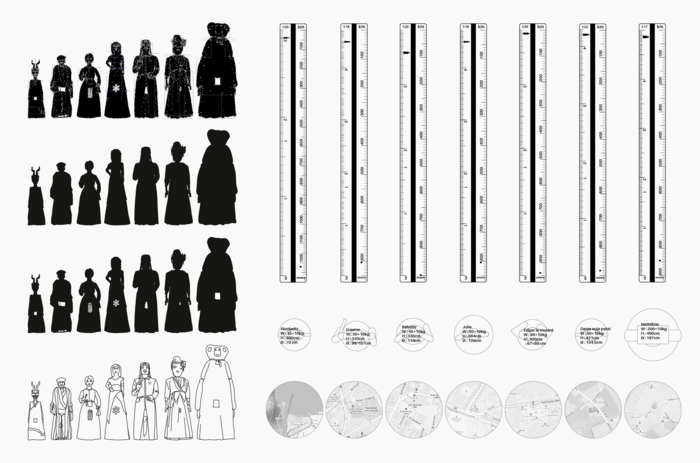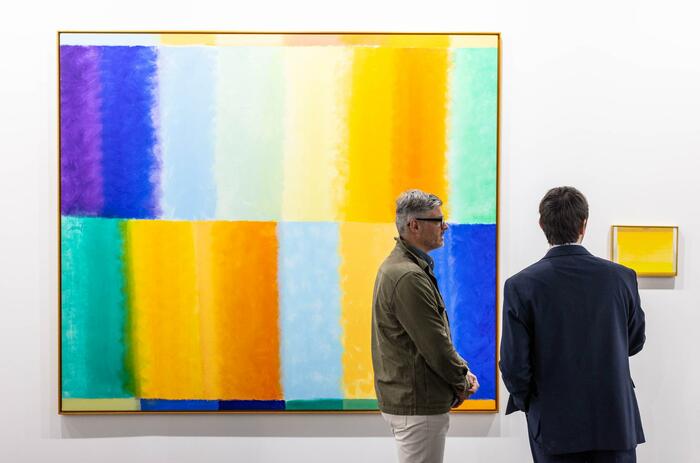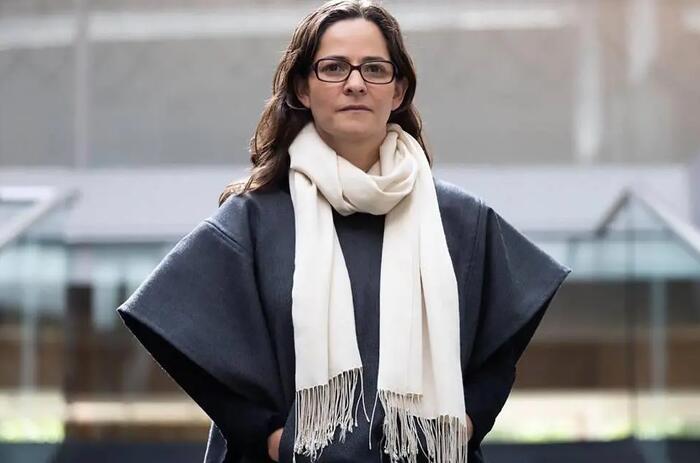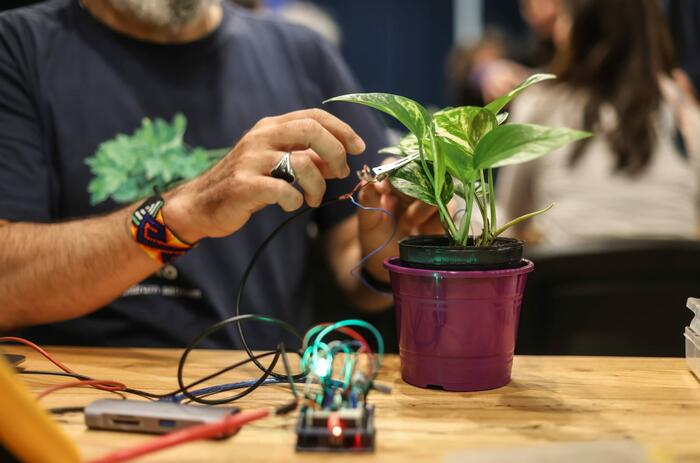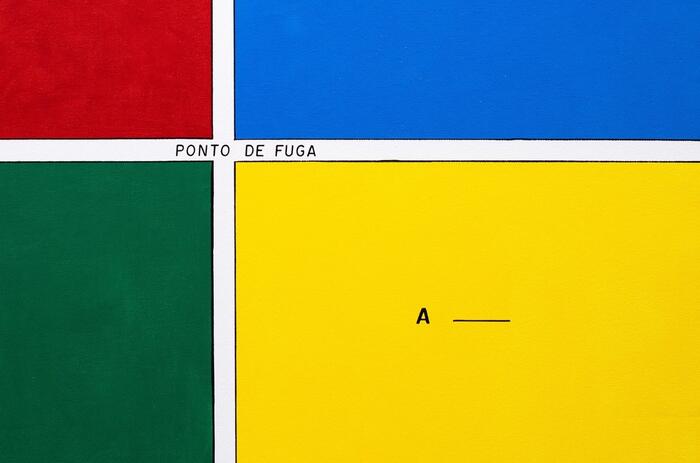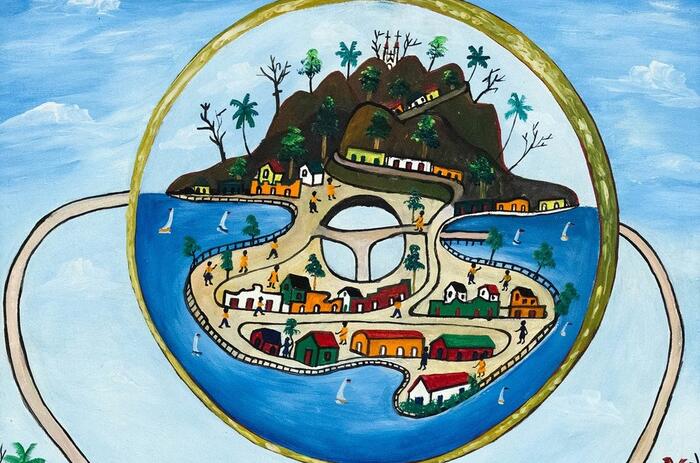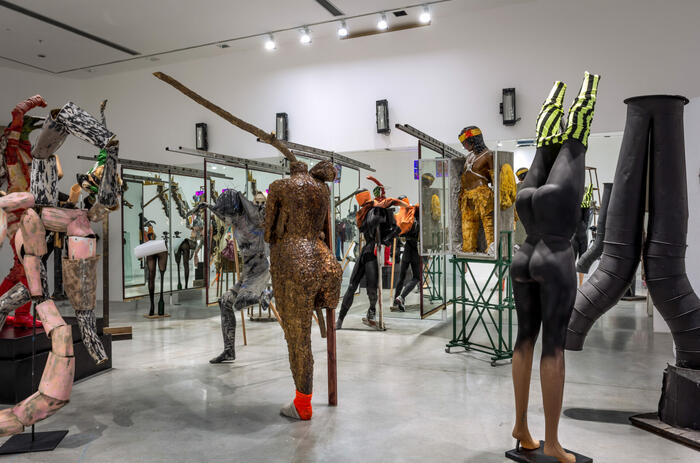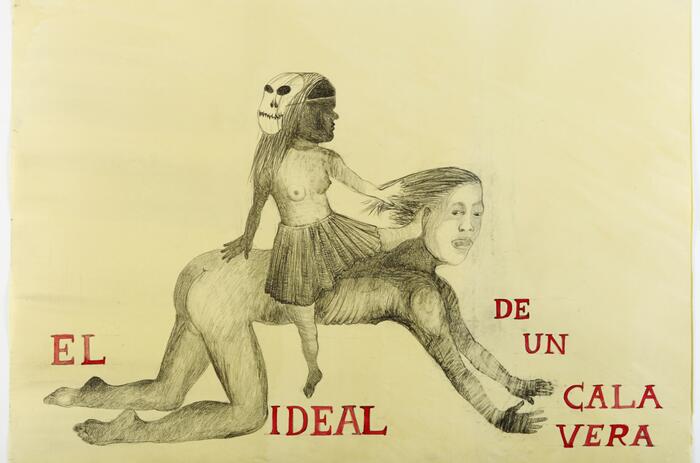WHAT IS POPULAR? THE COLLECTION AT IVAM CENTRE JULIO GONZÁLEZ
Popular at IVAM Centre Julio González is an exhibition and research that revolves around the question: what is popular?
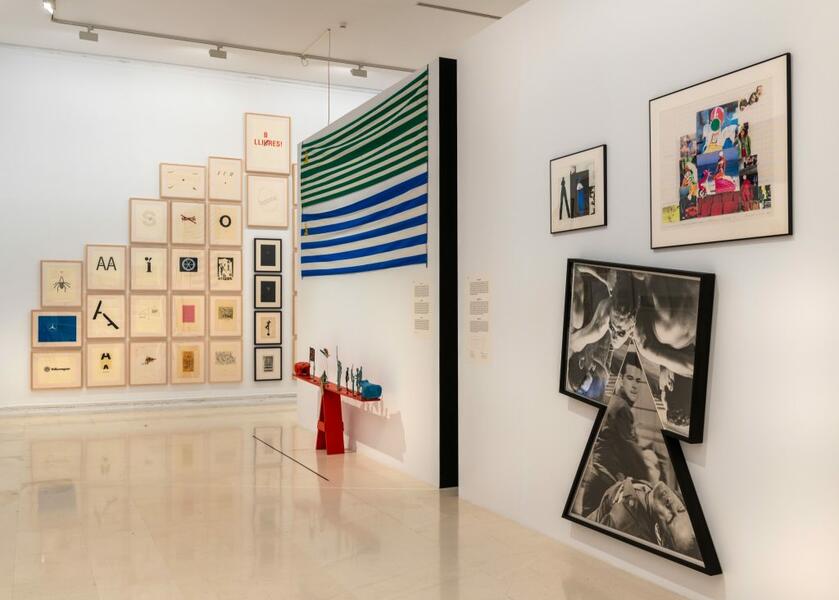
Popular is not fame or celebrity. Popular is not the products of mass culture. Popular is not pop. Popular is not the art of the people, nor the identity of the country, nor the symbols of the nation. Popular is not the product of the proletariat or the craftsmanship of the working classes. Popular is not folklore. Popular is not clichés or souvenirs for tourists. The popular is not the visual treats, the one-euro merchandise, the advertising royalties. Popular is an exhibition and an investigation -teaching is a form of knowledge-, which aims to answer this question.
The popular is a form of imagination, often words, images and things, which are produced through gestures, actions and parties, in very diverse ways. The "popular" has a performative nature, plastic, mobile, in continuous metamorphosis, closer to ritual than to monument, liturgy without theology.
Popular is based on a strong interpretation. Those human groups, determined life-forms, that do not have any political representation, for some reason, strongly develop their symbolic representation. It happens historically, since the birth of the people, after the political revolutions of the late eighteenth century, it will be, precisely, the imaginations of the peasantry and the most remote areas of the republics where it begins to establish what we call popular. Precisely those who had less political representation, since the nation states were strongly linked to the cities, to the great urban metropolises. If one thinks, for example, of how the Afro-descendant imaginaries, when they were still slaves, became common places to represent the United States, Brazil or Cuba. Or, if it is considered how gypsies in Spain -but also in Hungary or pre-Soviet Russia-, the always politically excluded, embody the clichés about the nation -Carmen, flamenco or bullfighting- it will be possible to understand.
-
Autor desconocido partir de Joaquín Sorolla,
El Pueblo (Repúblicanos! ¡Anti.-fascistas!), 1937.
Impreso por E. Machi. Colección Ricardo Borja
-
Alberto Corazón, Propuesta para la formación
de una Iconografía popular, 1973.
Colección del IVAM Institut Valencià d’Art
Modern, Generalitat. Donación del artista
-
Teresa Lanceta, Jerusalem, 1973.
Colección de la artista
It is not a simple formula, of course. For example, in the field of art it is well known that representation and participation are not categories that can be completely separated. Identifying with precision those human groups with symbolic surplus is not only not an easy task, but it is also not a matter of subjecting the archive -in this case the IVAM collection- to a police gaze, to a finger-pointing approach. The history of social emancipations gives us an idea of which human groups have achieved political representation over the last centuries. The industrial revolution, the American and French revolutions, the feminist revolution, all add fields on which to focus the attention. If one tries to look at Valencia in the 21st century, one can see from there how the proletariat, women or LGTBI groups, in a certain way, but also Latin American migrants, Arabs, Africans, in another way, cross that imagination that we call popular.
Popular works on IVAM's rich collection, broadening the focus on certain aspects –music, for instance–, highlighting many aspects of the collection –the imaginary of the working classes– and pointing out the absences –the Afro-descendant imagination, for instance–. Popular is a "dump" of the IVAM archive, with more than 1,500 pieces on display, with a new relationship between them.

